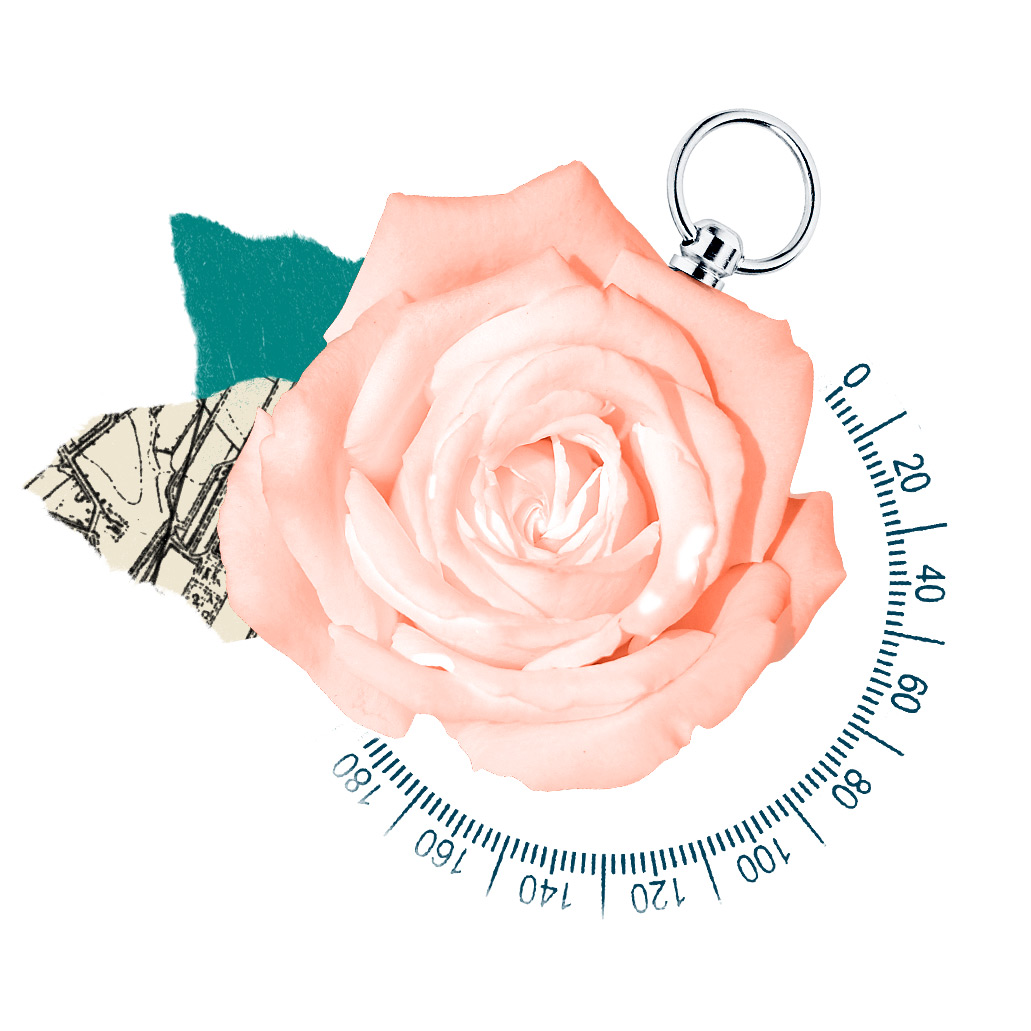Find Lessons
We’ve scoured the best sources from around the world and put them in one place. Use our filter below to find what works best for you and your students.

We’ve scoured the best sources from around the world and put them in one place. Use our filter below to find what works best for you and your students.

40 Results Meet Your Requirements
Watch a video by Yad Vashem on the ghettos that features diary entries from a child living in the Lodz ghetto.
Students will learn about the difficult circumstances that survivors faced after the war in rebuilding their lives, and learn about the different factors in many people's decision not to return to the countries where they had previously lived.
Analyze primary source documents for Rev. Stanley Dabrowski. Use secondary sources to contextualize the history in the larger picture of the Holocatust.
Students will go through testimonies and photographs from the different stages people went through upon deportation to Auschwitz-Birkenau.
Using the art and experience of one individual, Franz Karl Bühlerthis lesson asks students to examine the connections between culture and ideology using the Nazi staged art exhibition, “Degenerate Art” and the Nazi T4 program.
Students will watch videos and testimonies to learn about people’s experiences at Auschwitz and other extermination camps.
Explore art created by victims of Auschwitz and the reasons and risks people took in order to create them.
Students will create and build upon a working definition of resistance. To do so, students will read a poem on resistance and a call to action written by Abba Kovner.
Students will watch a video with testimonies from people that fought as Jewish partisans. This lesson will go over the myth that Jews did not resist, contradict it, and open up a discussion on changing the narrative.
Students will watch a clip of the 1984 German film Die Wannseekonferenz, witnessing how Nazi officials controlling various facets of German bureaucratic life worked together to make decisions surrounding the minutiae involved in organizing the genocide of 11 million people.
Experience the vitality and power of a song written and sung by prisoners in the Dachau Concentration Camp in southern Germany by inviting your students to critically evaluate its lyrics.
Examine the acts of resistance that occurred at the killing centers and consider how the 'success' and 'failure' of these efforts is graded on a different scale.